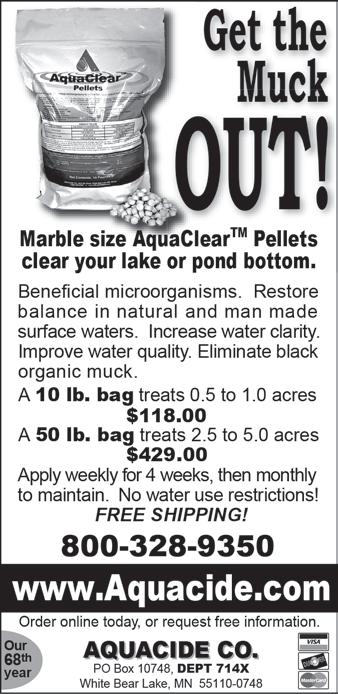
3 minute read
Summer school in the garden: A DIY extravaganza
“Private” gardens
Supplies:
• A small plot in the yard or a large unbreakable pot or container
• A trowel and other kid-friendly gardening tools (nothing too sharp if they are young)
• Seeds or transplants
• Small garden-related figurines, pretty rocks and other embellishments
Directions:
Help each child plan what they want to grow; consider letting them pick a focus, such as edible or flowering plants, and/or a theme, like fairy tales or favorite cartoon characters or shows. Gather appropriate supplies then set them loose to dig, plant and create. Put them in charge of watering and tending their creation.
Seed-starting/rooting 101
Supplies:
Summertime is not only a busy time in the garden – it’s often a crazy-busy time for all the parents, grandparents and caregivers who are trying to keep out-of-school kiddos busy and engaged. Luckily, it’s possible to combine the two.
Gardens are fabulous outdoor “classrooms” where all of us, regardless of age, can learn about and from the natural world. Gardens also provide opportunities to build school-worthy skills in such “academic” areas as math, science, social studies, history, language, art and even fitness. In addition, gardens are the perfect place to acquire and hone important life skills such as responsibility, respect (of self and others), teamwork and patience.
Granted, the idea of setting a band of wound-up children loose in our well-tended gardens is a bit nerve-wracking, but most of our concerns can be mitigated by combining a healthy dose of prior planning with a few fun, easy projects, a wealth of which (suitable for all ages, including adults) can be found online and in myriad books and magazines.
After years of summers spent with my own grandchildren, now ages 2 to 12, I’ve developed a long list of activities and projects (ideas borrowed and adapted from much more inventive minds than my own) that don’t break my budget or back or test my patience. (I sure don’t want to tarnish my grandmotherly halo!) Here are a few of the easiest.
“Found art” garden collages/ shadow boxes
Supplies:
• Craft glue
• Repurposed cardboard boxes or panels or posterboard
• Flowers, stems, moss, acorns, pinecones, etc. gathered from the yard and garden
• Pencils, markers, paints and other art and craft supplies as desired
Directions:
Take the kids on a scavenger hunt to collect natural objects (see above for ideas) then sit them down in a shady spot and let them glue and decorate their discoveries into works of art.
• New or used seedling trays or small transplant pots; repurposed egg cartons, toilet paper rolls, small boxes, etc.; or mason jar or other clear glass container (Google “DIY seed starter pots” for more ideas.)
• Seed starter potting soil/media
• Seeds or cuttings
Directions:
Prepare containers (you may want to wash repurposed items) and fill with potting media or water if you’re rooting new plants from clippings or kitchen scraps like potatoes, carrots and avocado seeds. Plant seeds or suspend cuttings in containers. Gently water potting media until well moistened but not soaked and place containers in a spot with the appropriate amount of light, which will depend on plant you’re growing. Watch them sprout.
“You rock” garden art
Supplies:
• Rocks of any shape and size but usually easier if they have smooth surfaces
• Acr ylic paints and markers or permanent marker pens
• Other art and craft supplies, as desired
• Glue, if needed for embellishments (any glue will do but “super” brands hold up better in outdoor conditions; some may require closer adult supervision)


Directions:
Collect rocks from the yard or neighborhood (just don’t take stones from others’ yards without permission) or buy craft rocks. Clean dirt from the rocks’ surfaces as needed using a mild soap and water. Allow them to dry, then let the kiddos create. Rocks can be pre-painted with a base coat of acrylic paint or left with a natural surface.
These are just a few of my tried-and-true favorites, but there are tons more ideas out there, including options for older kids and even for young-at-heart adults. One bit of advice, though, from my years as gardening parent and grandparent: Success lies in the process, not in perfection.
July Tips
Plant pumpkin seeds for a fall harvest.
Keep planting hot-weather veggies like summer peas, cucumbers, peppers and tomatoes, especially if you want to extend the growing season.
Start seeds for cool season crops like cabbage, cauliflower, broccoli and kale. Fertilize (using organic fertilizers whenever possible) vegetable plants as needed.
Warm season turfgrasses and some ornamental shrubs and perennials can also be fertilized if needed.

Divide and repot houseplants that have become too crowded in their containers.
Keep up with watering, weeding and harvesting duties.
Take the kids (or just yourself) to a public garden or into the cool woods.










